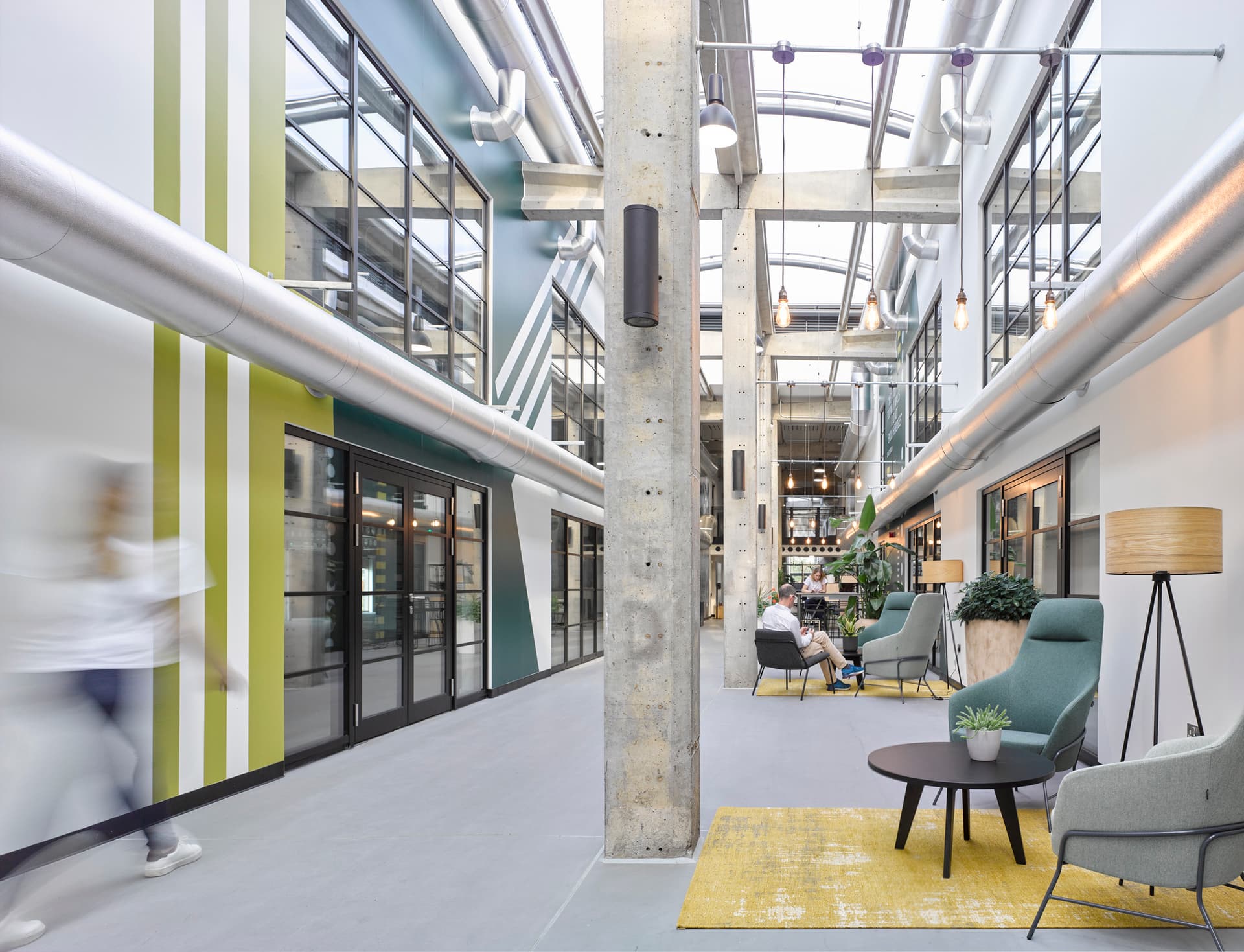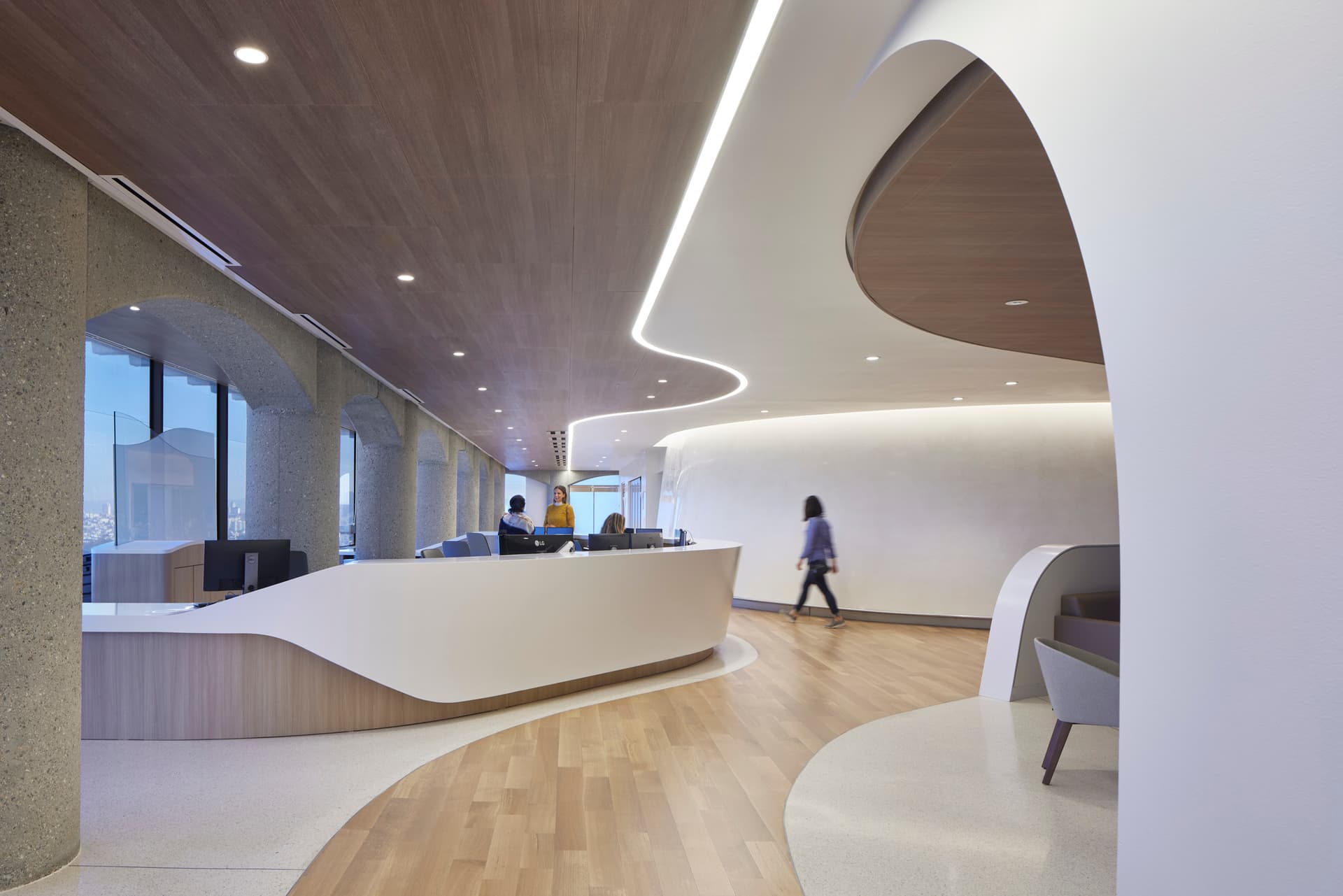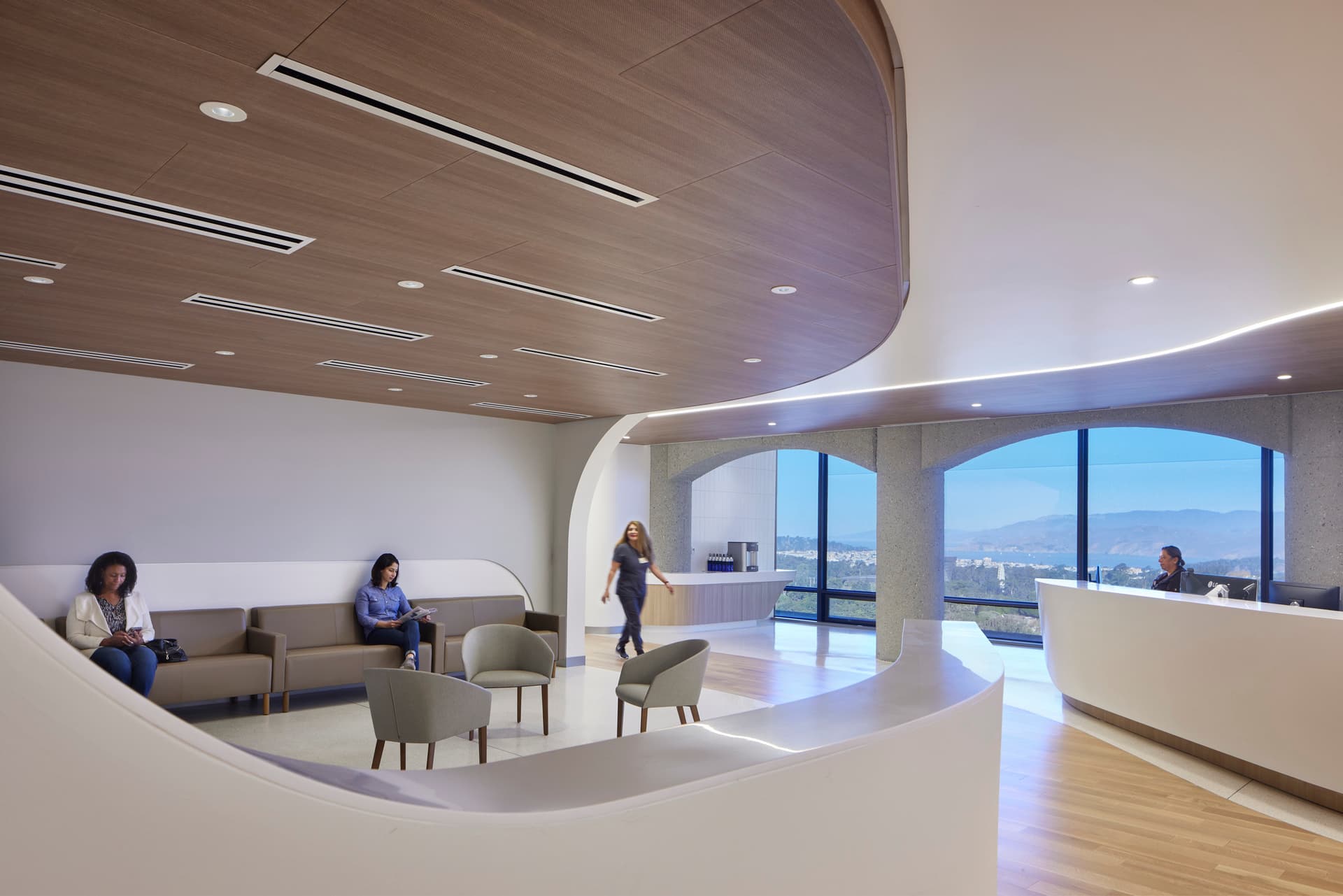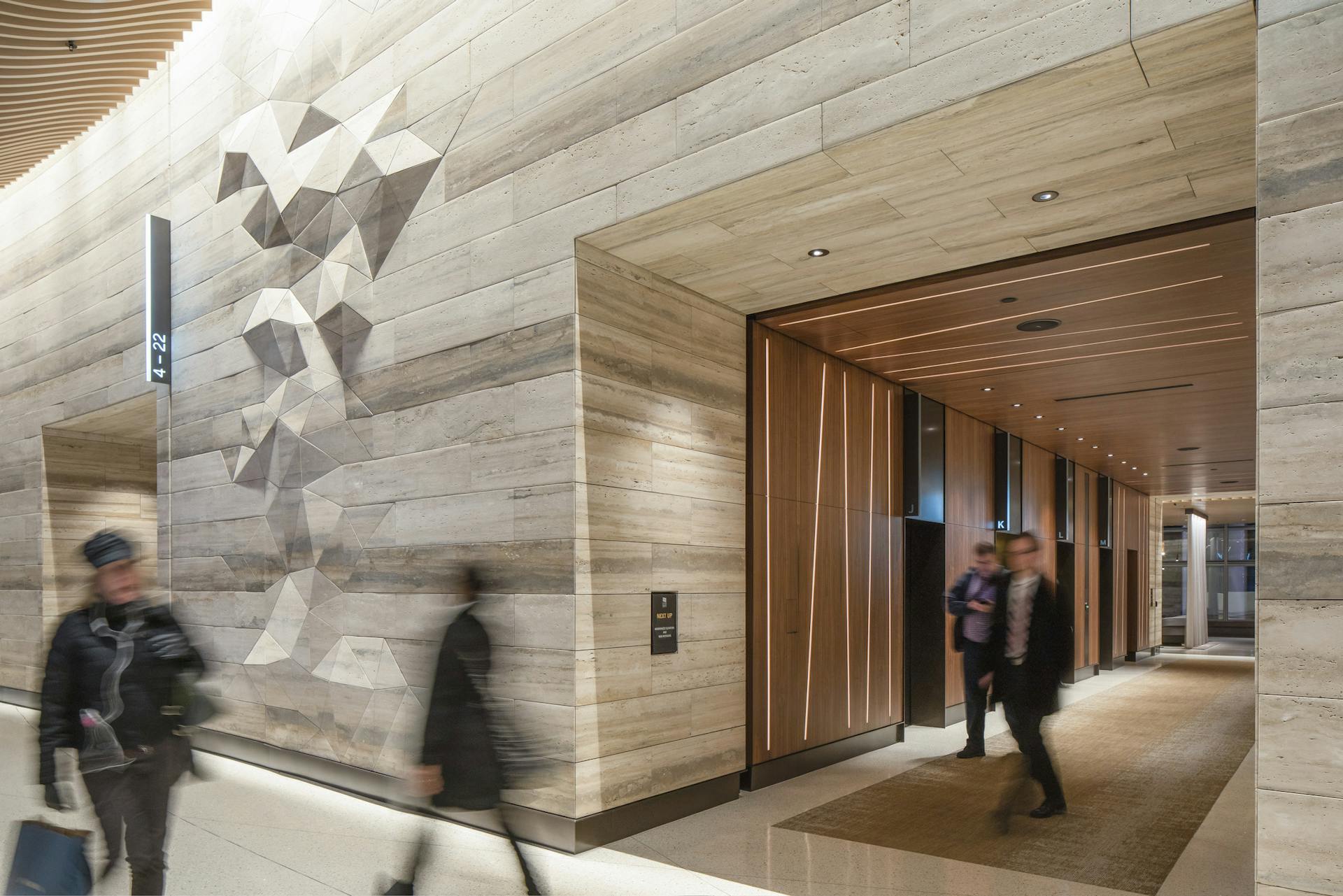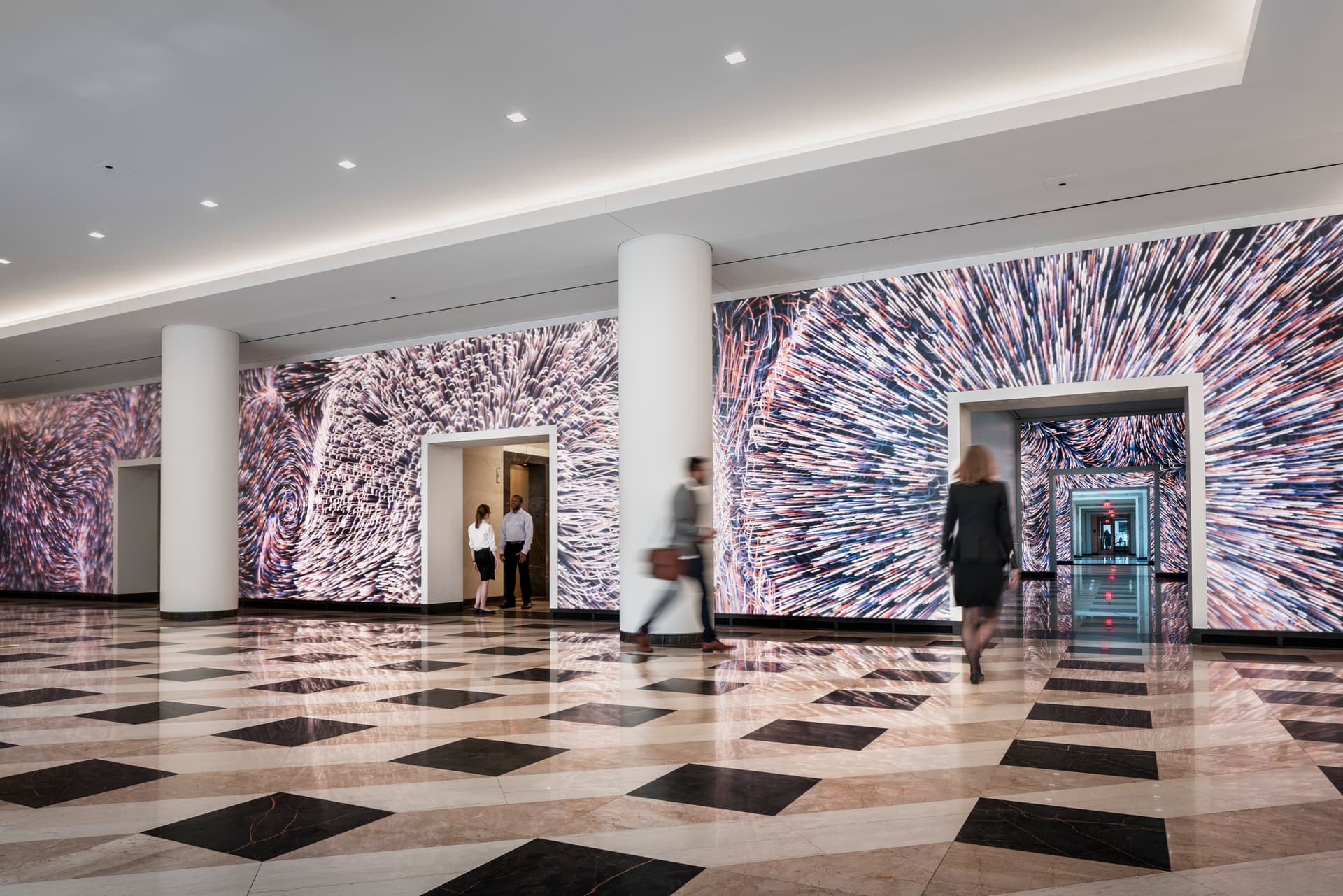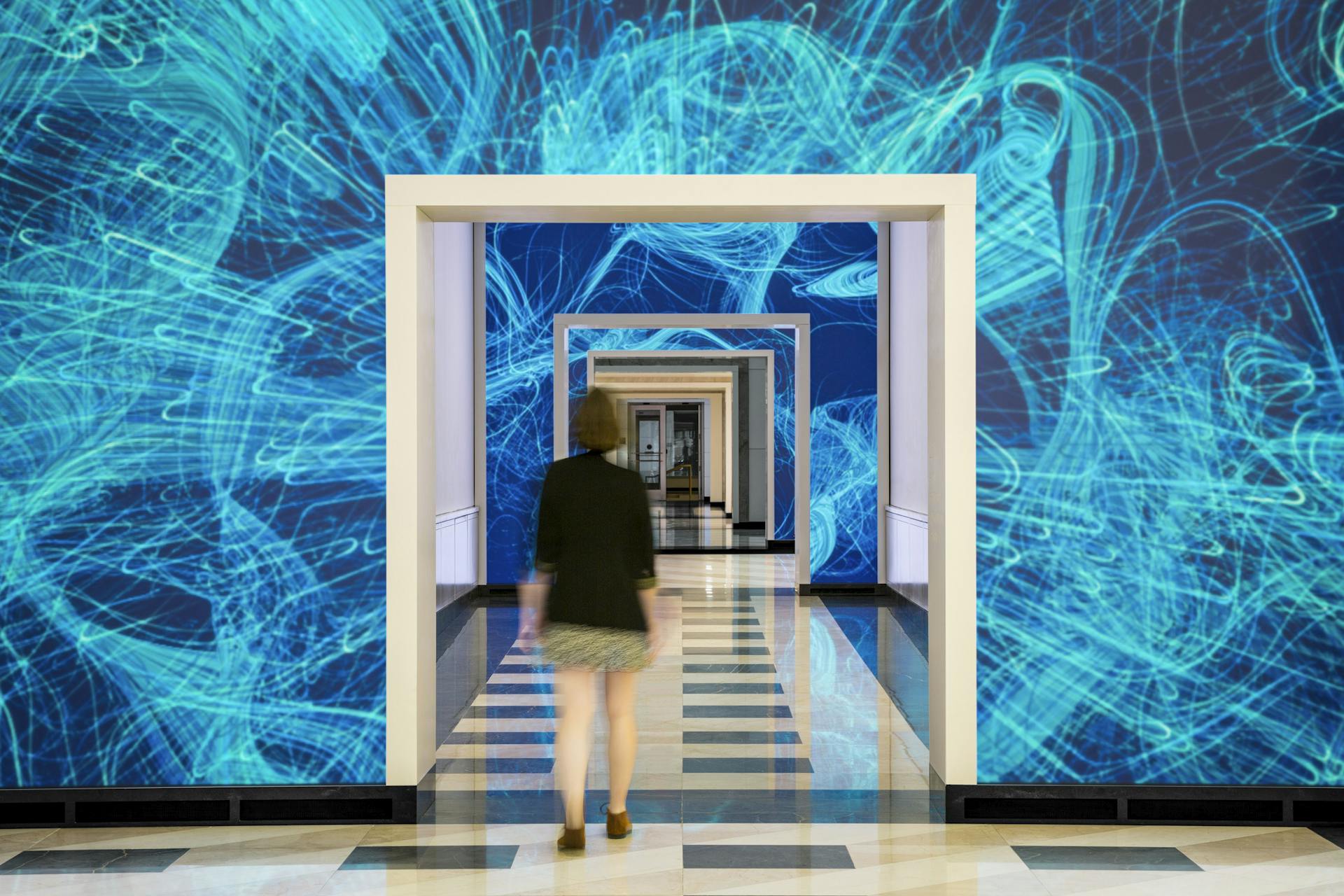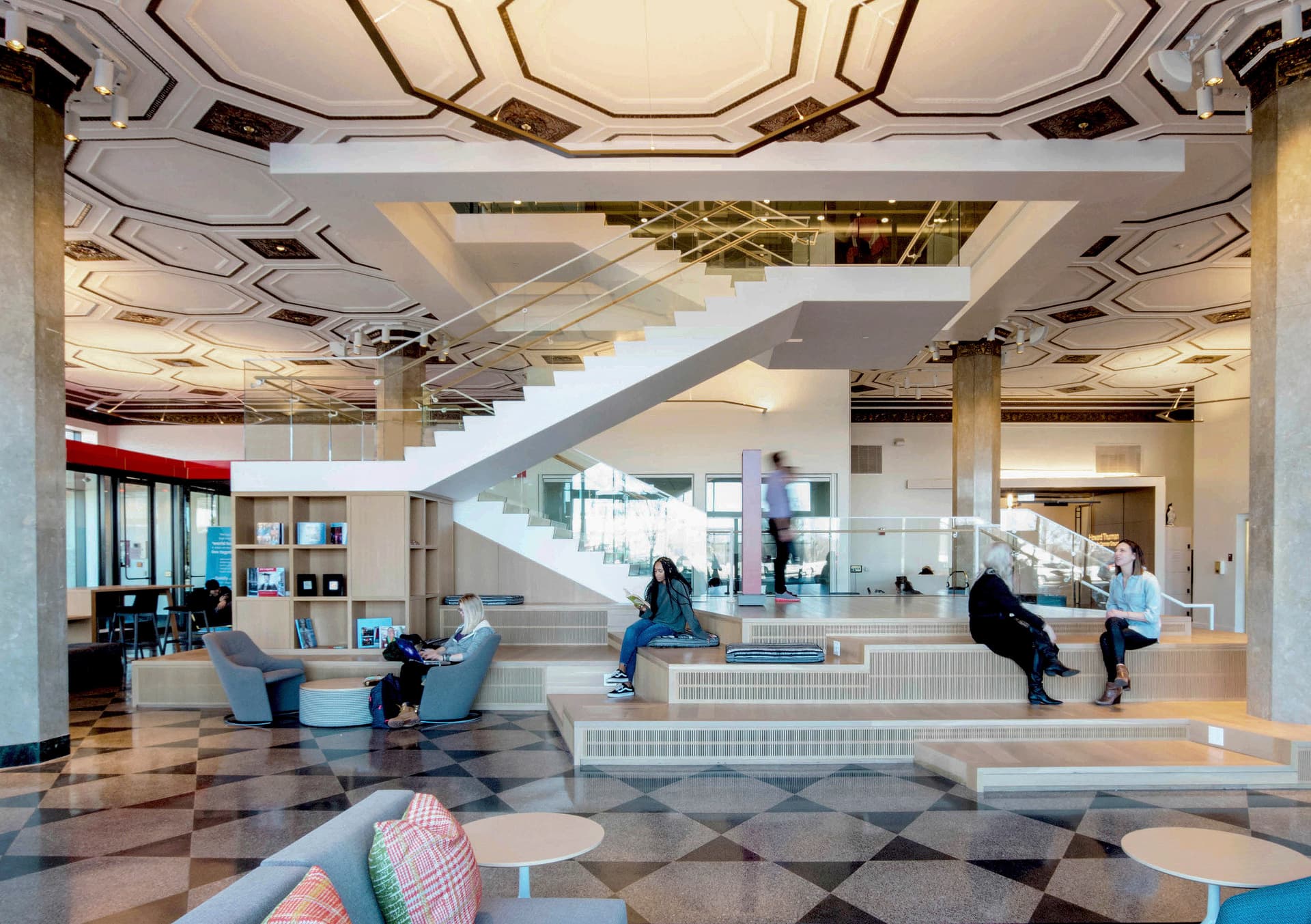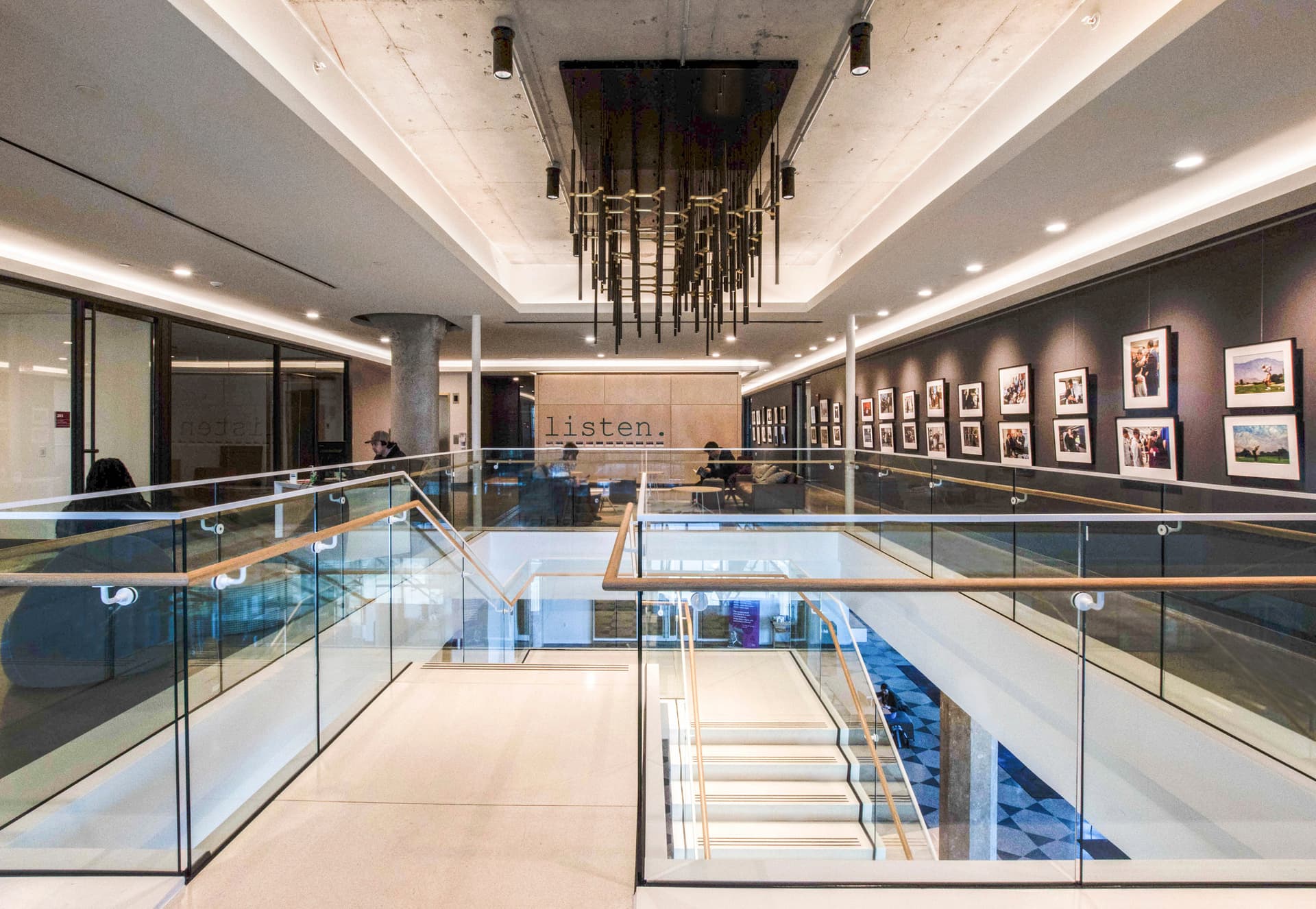From Liability to Asset: How Aging Building Stock Can Compete with New Developments
Although older buildings often carry unique legacies, they typically struggle to compete with newer ones. What can organizations and developers do to do bring their aging buildings up to date so they can meet the needs of current and future generations? Here, we explore how building renewals can provide the best of both worlds by refreshing spaces to meet new preferences while maintaining a unique character, with the added benefit of potentially being more sustainable than building new.
Although older buildings have significant legacies, historical prominence and unique character, they often struggle to compete with new building stock. These new buildings typically outperform the old in terms of lease rates, cost per square foot and additional space. Coupled with the fact that many aging buildings lack engaging amenities and health-focused features that people crave, it creates a crisis. However, building renewals can provide the best of both, refreshing spaces to meet new preferences and ways of living and working while maintaining a unique character and a respect for the values of the past. And, these renewals are often more sustainable than building new, especially when it comes to embodied carbon reduction.
In the US, experts estimate commercial buildings make up 97 billion square feet combined, while approximately half of them were built before 1980. This means nearly 50 billion square feet of commercial buildings are rapidly aging in the US. But this issue isn’t just limited to commercial spaces or the US, but across a spectrum of building types, program mixes and regions. What can an organization or developer do to create fresh spaces that reflect new preferences? Design interventions, large and small, can breathe new life into buildings that enhance the human factor regardless of project type—increasing value and interest, and shortening construction timelines without the need to build from scratch. In the slideshow below, we highlight the different ways these renewals can provide value through the lens of diverse global projects that evolved to address changing organizational needs.
